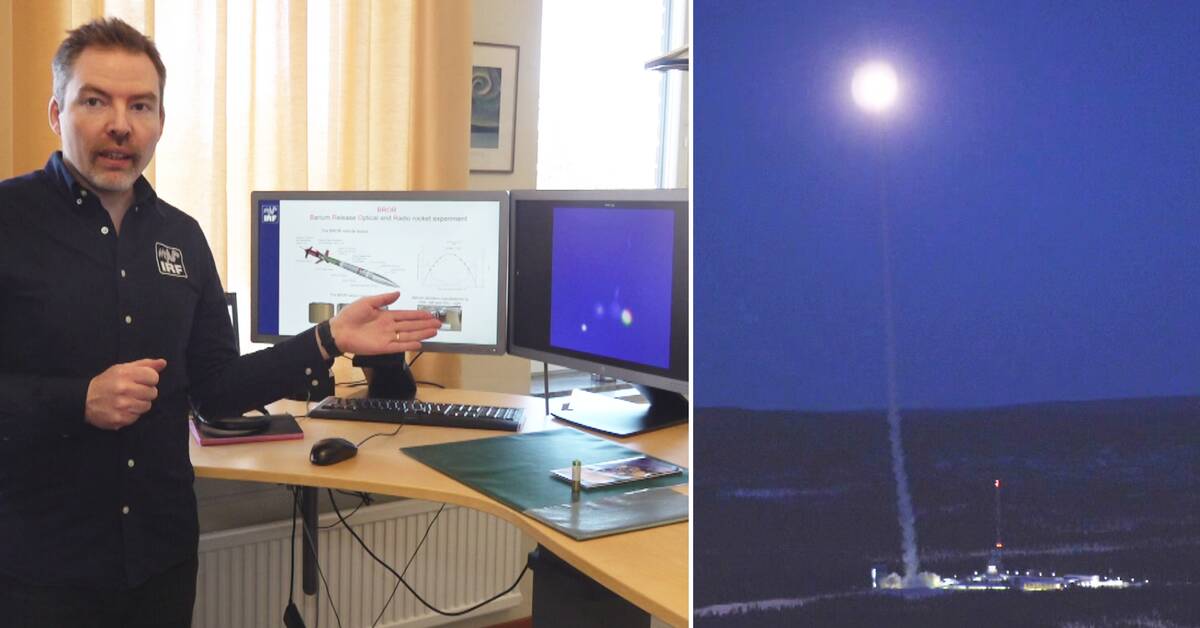"It was a success," says Johan Kero, research leader at the Swedish Institute of Space Physics.
The research rocket will provide answers to what electric and magnetic fields look like in near-Earth space when an auroral eruption starts.
"It was a relief to see that everything went as planned and that we didn't have to wait until the autumn to try again. This was the last chance during this period," says Johan Kero.
Planning for new launch
The Institute of Space Physics has never done similar experiments, but Esrange has in the 60s made similar rocket launches. Now the hope is that it will not take 60 years until next time, but when the data from this launch is analyzed, the hope is that there will be a new postponement in a few years.
"What we know from yesterday is that we have managed to collect a fantastic piece of data seen with a lot of information, now it will be a very long time to analyze everything before we have obtained our scientific results," says Johan Kero.
Listen to Johan Kero tell us what is the purpose of the experiment and see pictures of the constructed northern lights.

